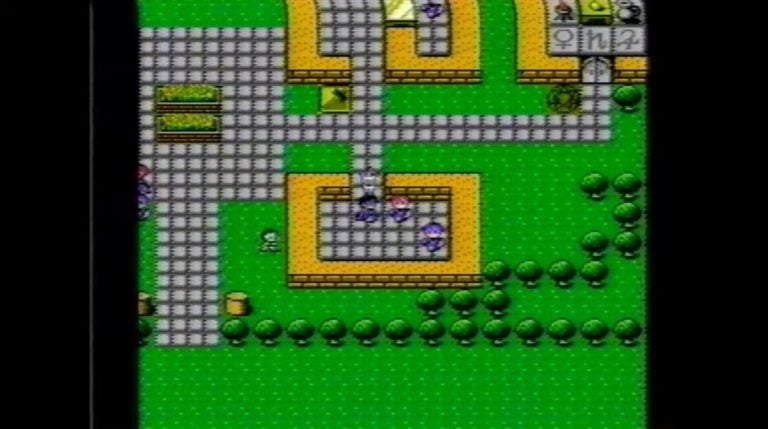Politeness of speech is an important part of communication in Japan. While using the right level of formality can make you appear educated and refined, a misstep in speech may damage your image. This way of communication is well known to native Japanese speakers, however, it seems that when it comes to talking to foreigners, some Japanese people tend to drop all formality. A non-Japanese sociolinguist’s insight on the topic has recently grabbed the attention of users for highlighting the differences in communication styles in conversations between Japanese people and foreigners.

In an X/Twitter post, a foreign sociolinguist residing in Japan shares her theory on an occurrence that she experienced at a pharmacy in Japan. In the post, the doctor tells of how, when purchasing medicine at the pharmacy, the employees spoke to her slowly, seemingly making an honest effort to be easily understood. But for some reason, they chose to speak to her in “tameguchi.”
In Japanese, tameguchi refers to speaking in a casual or informal manner. This way of speaking is typically used when talking with people you have some level of closeness with, like friends and family. Tameguchi often involves the use of shortened or altered versions of words and phrases, the omission of subject particles, and is an overall laid-back style of communication that allows speakers to express themselves more freely. Additionally, the level of politeness in tameguchi can vary significantly based on the speaker’s tone. While it may be suitable for interactions with those close to you, it’s very easily considered impolite or inappropriate when speaking to individuals you’ve just met or in a professional setting.

There are several levels of formality used for different situations in the Japanese language. In contrast to tameguchi, the considerably more polite and formal speaking style, keigo, would be used in situations such as conducting business or talking to a customer. Keigo is used to humble the speaker while showing respect to the listener. To communicate in this more refined style, the speaker will use special alternatives to common words, utilize passive voice, and will refer to themselves in a humble manner. In most establishments in Japan, if you interact with employees, you’ll usually be responded to with keigo. Surprisingly, it seems that at the pharmacy the doctor visited, employees decided to skip the pleasantries and take a more informal approach.
However, all of this is not due to Japanese people trying to be rude or condescending to foreigners. It seems they mistakenly consider tameguchi to be easier to understand than polite speech. This is due to the fact that tameguchi “sounds shorter” and seems more stripped of unnecessary words – which is a sound logic. But in her following tweets, the doctor rebukes this, saying that tameguchi does not equal easy to understand, which comes from the fact that beginner Japanese learners tend to start learning Japanese words in their polite forms. This means that switching to casual speech is likely to make words unrecognizable for beginners.

It seems that many users in Japan were surprised by the doctor’s post, not realizing that the casual speaking style was actually harder to understand for many people who didn’t know much Japanese. One user asked, “I apologize, but when I speak with foreigners who are not proficient in Japanese, I tend to use shorter forms in an attempt to be more concise, which can make it sound somewhat informal. What can I do to use a Japanese speaking style that is easier for foreigners to understand?”
As mentioned above, for many people who start learning Japanese, the first speaking style taught to them is the standard polite form or “teineigo.” This form is widely used to communicate with others in a clear and respectful way. It’s typically the initial style learned by many foreigners due to its common usage, offering an effective means to communicate ideas to others without causing offense or being overly formal.

However, for many native Japanese speakers, they were likely raised with a mixture of both the polite form and the more casual, tameguchi speaking style. This could explain why some Japanese people tend to use tameguchi for its perceived straightforwardness and brevity. Although, it seems that this approach has inadvertently led to communication difficulties for some.
The Japanese language has various ways of communicating, with some varying significantly in complexity. It seems that for some Japanese people, when attempting to accommodate those still learning the language, it can be challenging to decide which method of communication will be the most likely to be understood, especially if they have limited experience conversing with non-native speakers. In the case of the pharmacist in the doctor’s post, although tameguchi may be shorter and more concise, a beginner in Japanese would be more likely to find the standard and polite, teineigo form to be easy to understand.





